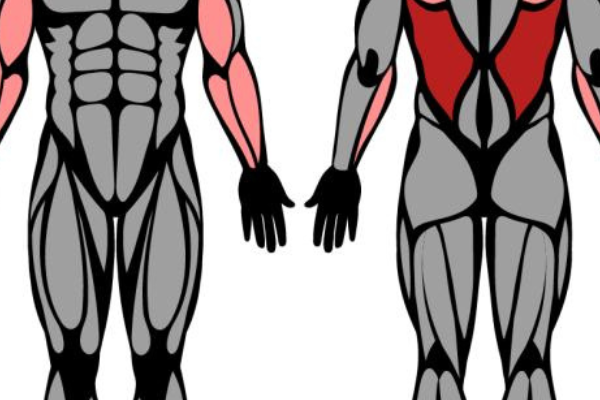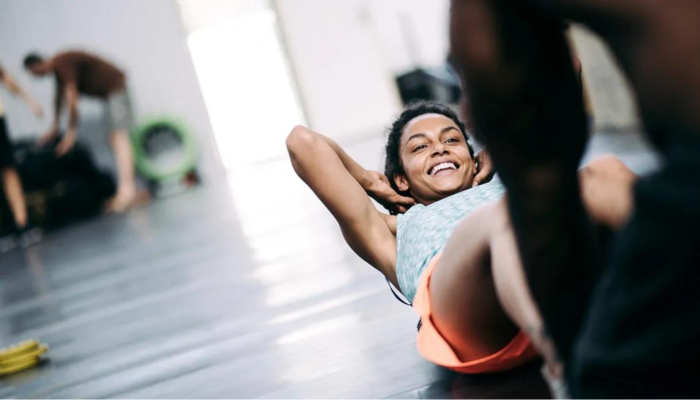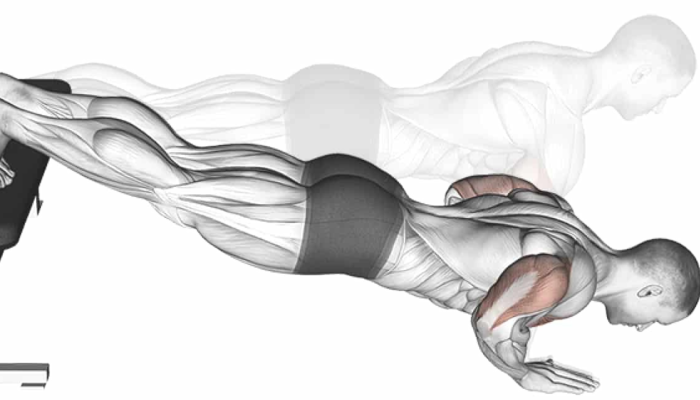
It’s common to notice that your stomach muscles are not the same as the ones you see in fitness magazines. Uneven abs can be frustrating, especially when you’re putting in the effort at the gym. Understanding why your abs might look crooked and what you can do about it is essential for achieving your fitness goals.
Uneven Abs Causes
Genetics
Genetics play a significant role in how your abs appear. Just as with other body parts, the shape and symmetry of your abdominal muscles are largely determined by your genetic makeup. Some people are naturally predisposed to have uneven abs due to their genetic structure, which affects how fat is distributed and how muscles are shaped.
Dysfunctional Musculature
Dysfunctional musculature can lead to uneven abs. This can happen if certain muscles in your abdominal region are not functioning properly. For example, if your lower abs are weaker than your upper abs, it can create an imbalanced look. Dysfunction in the abdominal muscles can be caused by poor posture, incorrect exercise techniques, or previous injuries.
Imbalance from Athletic Training
Athletic training, while beneficial, can sometimes contribute to uneven abs. If your workout routine heavily focuses on certain types of exercises while neglecting others, it can lead to muscle imbalances. For instance, overemphasis on exercises that target only the upper abs or obliques can cause the lower abs to lag behind, resulting in a crooked appearance.
Uneven Abs from Scoliosis
Scoliosis, a condition characterized by an abnormal curvature of the spine, can also cause uneven abs. The spinal curvature can affect how your muscles are aligned and may lead to asymmetrical development in the abdominal region. This condition can cause the muscles on one side of your abdomen to appear more prominent or less developed than the other side.
Uneven Abs Treatment
Exercises
Addressing uneven ab.s often involves targeted exercises that aim to strengthen and balance the muscles in your abdominal region. Incorporate exercises that engage all parts of the ab.s, including the upper, lower, and oblique muscles. Planks, leg raises, and bicycle crunches are examples of exercises that can help achieve better muscle balance. Additionally, incorporating exercises that improve core stability can support overall abdominal development and symmetry.
Uneven Abs Surgery
In some cases, surgery might be considered if uneven ab.s are causing significant cosmetic concerns or discomfort. Procedures such as abdominal contouring can address issues related to uneven muscle development or fat distribution. However, surgery should be considered a last resort after other treatments and exercises have been tried.
Takeaway
If you’ve noticed that your stomach muscles are not the same as you’d like them to be, understanding the causes and treatment options can help you address the issue effectively. Genetics, dysfunctional musculature, and conditions like scoliosis can all contribute to uneven ab.s. Focus on balanced exercises and consult with a healthcare professional if you’re considering surgical options. By addressing these factors, you can work towards achieving a more symmetrical and toned abdominal appearance.
If you’re concerned about uneven abs and how they might affect your overall fitness goals or self-image, it’s essential to approach the issue with a balanced mindset. While it’s natural to desire symmetry, remember that slight asymmetries are common and often a normal part of human anatomy.
Understanding the Limitations
It’s important to recognize that not all factors contributing to uneven abs can be fully controlled or changed. For instance, genetic predispositions and structural issues like scoliosis can limit how much you can alter the appearance of your abs. Instead of focusing solely on achieving perfect symmetry, aim to strengthen your core and enhance overall fitness. A well-rounded approach will benefit your health and performance, even if it doesn’t result in perfectly symmetrical abs.
Consultation with a Professional
Before undertaking any specific treatments or surgeries, consult with a fitness professional or medical expert. They can provide a thorough evaluation of your abdominal muscles and offer personalized advice on exercises and strategies that can help. Additionally, if scoliosis or another condition is contributing to the unevenness, working with a specialist can help you manage the condition effectively while addressing the aesthetic concerns.
Holistic Approach
A holistic approach to fitness and health is crucial. Incorporating a balanced diet, regular exercise, and proper posture can all contribute to better muscle development and overall well-being. Addressing any imbalances in your training routine, focusing on core strength, and maintaining good posture can make a significant difference in how your ab.s look and feel.
In conclusion, while uneven ab.s can be a source of concern, understanding the underlying causes and exploring effective treatments can help you achieve a more balanced and healthy appearance. Remember that perfection is not the goal—improving your overall core strength and fitness should be the primary focus. With the right approach, you can work towards a more symmetrical and strong abdominal region, even if some degree of unevenness remains.
If you have any questions for us, you can see more at: heathcarenow, Youtube, Twitter(X),…
See more of our other articles: What is Jaw Pain ?, Catabolism vs. Anabolism: What’s the Difference?, Tennis Ball Massage for Myofascial Trigger Points





